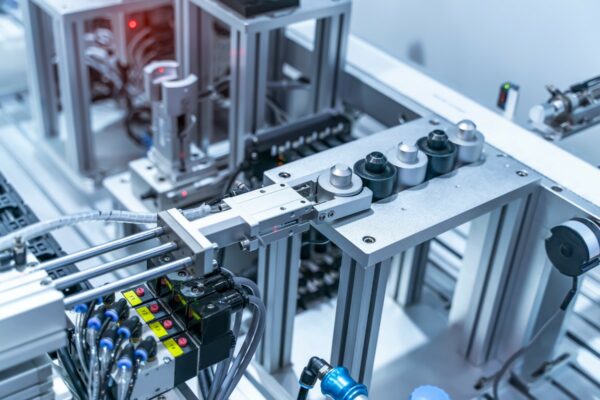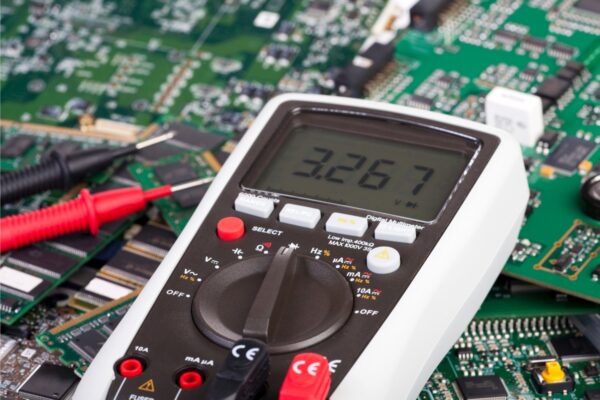What is Mean Time Between Failure (MTBF)
Mean time between failure (MTBF) is a statistical measure used in the PCB industry to assess the reliability and expected lifespan of a product, component, or system. It represents the average amount of time that elapses between inherent failures during standard operation. MTBF is calculated by dividing the total number of hours of operational time by the total number of failures.
MTBF is particularly relevant for repairable products or systems where failure does not require immediate repair or interfere with overall operation. It helps determine when maintenance should occur and provides valuable insights for maintenance planning and scheduling.
The concept of MTBF is often visualized using a “bathtub curve,” which illustrates the failure rates during different periods of a product’s life. These periods include the early life, useful life, and end of life stages.
The failure rate decreases in the early life stage as weaker units are identified and removed through stress testing. This period may also include failures caused by handling and installation errors. The useful life stage is characterized by a relatively level and predictable failure rate, where failures occur randomly. Finally, the end of life stage sees an increase in failure rates as units age and material fatigue and other stresses become more apparent.
MTBF is an expected value (mean) of the probability distribution and should not be interpreted as a guarantee of the service life of a unit. It provides valuable information for assessing the reliability and performance of components, assemblies, or systems in the PCB industry, aiding in designing and manufacturing more reliable and durable PCBs.





